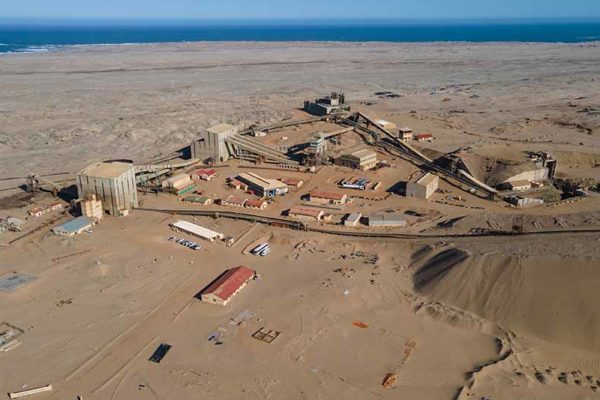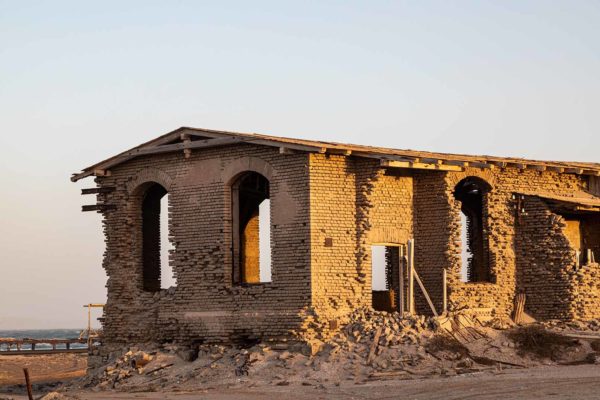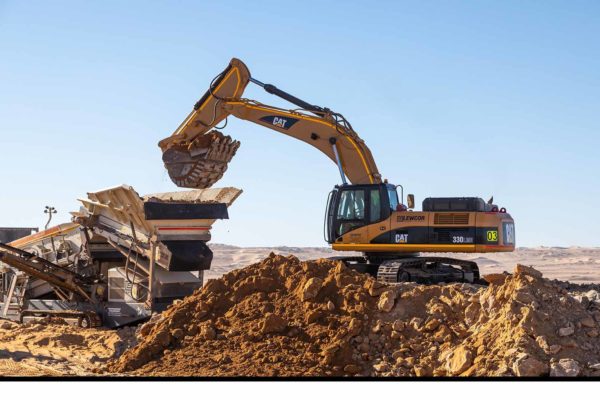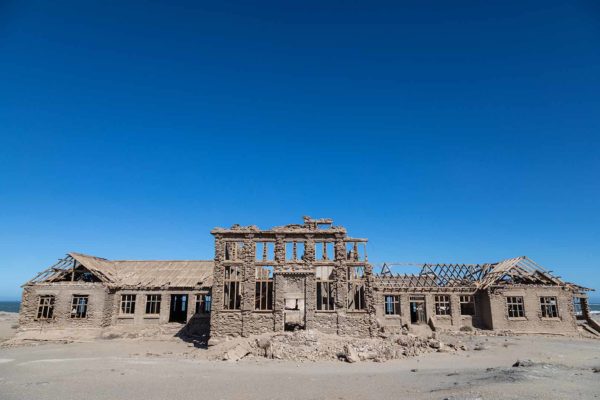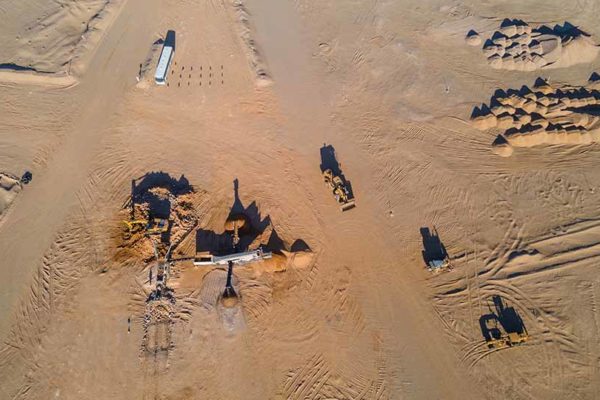— a mining town on the southern coast of Namibia, 40km south of the town of Lüderitz. Our diamond exploration and mining take place along the southern coast and inland areas of Namibia’s Lüderitz Region.
This area has a rich history, dating back to 1908 when the first diamond mine was founded near Kolmanskop. As rich as its history is its geology. The Elizabeth Bay Licence hosts both deflation and aeolian deposits. The aeolian deposits are developed where deposits can accumulate.
The Elizabeth Bay deposit itself comprises older red beds, overlain by brown beds, which in turn are overlain by grey beds. The red and brown beds are complex combinations of sheetwash and aeolian deposits, and the grey beds are unconsolidated grits of 4mm and coarser, that formed on the surface. They are probably the result of successive formations of coarse-grained wind-blown lag surfaces, repeatedly forming and building up grain-sized layer upon layer, reaching thicknesses of up to 0.5m. In addition, the Kolmanskop and Grillental deposits are thin deflation deposits with some attendant sheetwash material.
We use an array of innovative and cost-effective mining techniques and state-of-the-art equipment to mine diamonds from alluvial deposits of ore bodies. The mine is environmentally fully permitted with mining licenses valid until 2035/8. With a life of 10 years expected, the mine offers excellent expansion opportunities with ample potential to pursue renewable energy projects. The mine shows good annual margins with international sales currently being conducted via Dubai.
The annual carat production at Elizabeth Bay Mine between 1998 and 2018 ranged from 100 000 carats to 350 000 carats. The average stone sizes during the same period ranged between 0.12 to 0.20.




